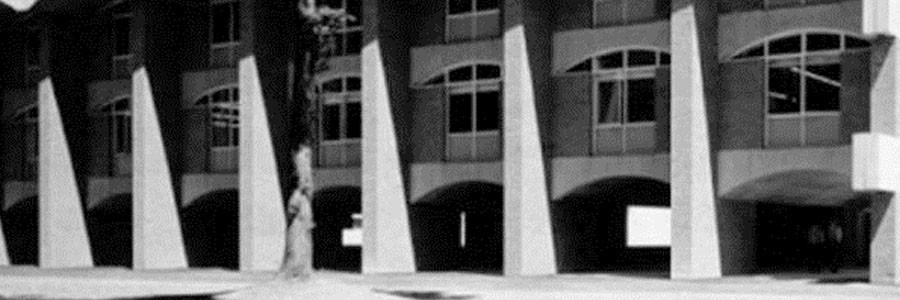As part of our Green Commitment and to celebrate Gardening for Wildlife Week, we asked our School Administrator, Fran Barnard, to tell us about her wildlife garden and how she looks after it. Fran is a trained ecologist and in the past she has also led some of our student nature walks around the South Downs.
I am an accidental gardener. I don’t recall ever making a conscious decision to become a gardener but gradually over the years my garden has become more and more an integral part of my being. I have amassed a wealth of knowledge[1] and a vast array of plant favourites. I have also undergone a transformation in the way I garden and to coincide with Garden & Wildlife week I’ve been asked to share some of the ways that I encourage wildlife in my garden. As well as writing this blog, I (and others) will share some garden wildlife pictures on the School of Psychology Instagram account so do look out for these over the coming week.
But first, a bit of context….
When I first started gardening, about 35 years ago, it seemed that most gardeners viewed wildlife as an enemy, a threat to everything they aspired to achieve: beautiful manicured lawns; ordered displays of bedding plants and old roses; riotously colourful herbaceous borders and plentiful crops of fruit and vegetables. Even now there are some who persist with the old ways but thankfully times and most gardeners have moved on. I was always uneasy about the way pesticides and herbicides were used in gardens – at University I studied Ecology which raised my awareness of the impact of chemicals on the environment. As a result, when I started gardening, I tried not to use too many chemicals. I still viewed wildlife as unwelcome in a garden setting though, just preferring to use less noxious[2] deterrents.
Just as I don’t recall ever deciding to become a gardener, I also don’t recall ever deciding to actively garden for wildlife. It just happened, organically[3] and today my garden is genuinely a haven to which I welcome all wildlife from slugs to silver-washed fritillaries and from snakes to the sinuous and snake-like cinquefoil that is ubiquitous[4]. This richness of life is supported by a richness of different environments and over the next few months in a series of blogs I thought I would share with you a little of the joy that these bring to me. I will start with my favourite – the compost heap.
“Compost?” I hear you say. I appreciate that this may not be everyone’s starting point but to me, my composting system is a thing of beauty. It took me about 8 years to establish a balanced and sustainable process, in part because of the challenge of becoming custodian of three mature oaks trees and having to learn by trial and error how to compost oak leaves, but now that it is established, each year it produces a wonderful supply of dark, rich and crumbly organic compost which gets used in planters and as a top dressing to improve soil quality in our flower and fruit beds.
For me, the beginning and end of the cycle is the annual turning of the composts in September which is something akin to the burning of the clocks[5] or a harvest festival. Truly a celebration, albeit one that involves a significant amount of work. There are six separate sections to my composting system and each year, each section is turned into the next. At one end of the system I collect leaves from the oak trees which get composted for three years. At the other end I collect green garden waste which is composted for two years. Finally, the 3-year old leaf litter and 2-year old green garden waste compost is sieved, by hand and mixed together in the central section ready for use. It is seriously hard work but incredibly worthwhile and fulfilling.

Whilst composting is in progress a haven is created for lots of different wildlife. From the creatures small (and not so small) that make the composting process happen to other creatures who make it their home. We have had wasps nesting, mice, shrews and voles and one year I found some already hatched grass snake eggs in one of the older sections. Imagine my joy and surprise when I found the adult with one baby in the next section I turned. Although I haven’t seen evidence of nesting since, I do see grass snakes once or twice a year in the garden which I think is really good evidence of just what a wildlife-friendly garden it is. As the photos show the freshly sieved compost also proves popular with some of the more domesticated wildlife that shares my life.
I hope you have enjoyed this brief insight into one of my passions. Next time around, my second favourite – the wildlife pond which I created (with just a little help from a professional landscaper with a mini digger) from nothing.
Watch this space….
If you want to get more inspiration for your own wildlife garden, check our Instagram account where Fran will be sharing some tips all week.
- [1] In the grand scheme of things my ‘wealth’ of knowledge is a tiny fraction of what there is to know
- [2] The collection of very old garden chemicals awaiting disposal in my garage suggests that I may actually be rewriting history a little here.
- [3] Excuse the pun
- [4] Reminder to self – there is no such thing as a weed. Only a valuable plant growing somewhere you didn’t plan to have it.
- [5] Festival in Brighton celebrating the shortest day


[…] garden has become more and more an integral part of my being. I have amassed a wealth of knowledge[1] and a vast array of plant favourites. I have also undergone a transformation in the way I garden […]